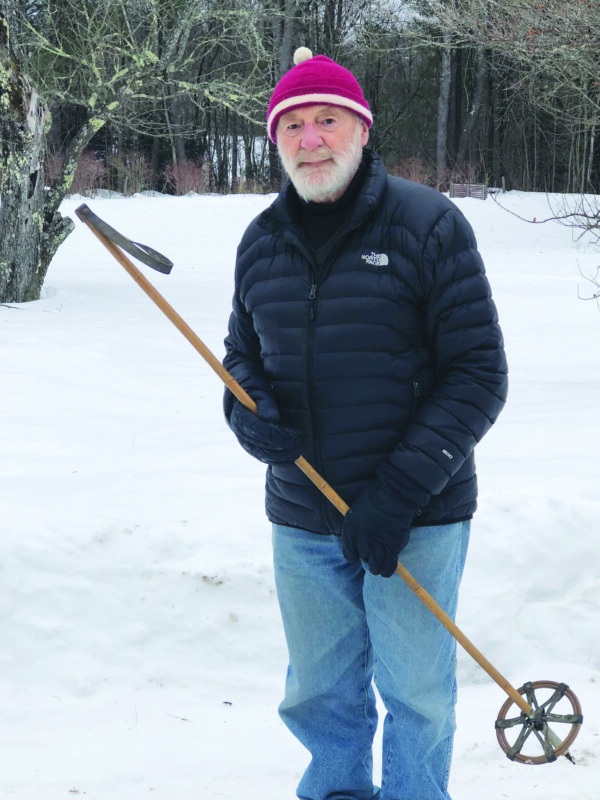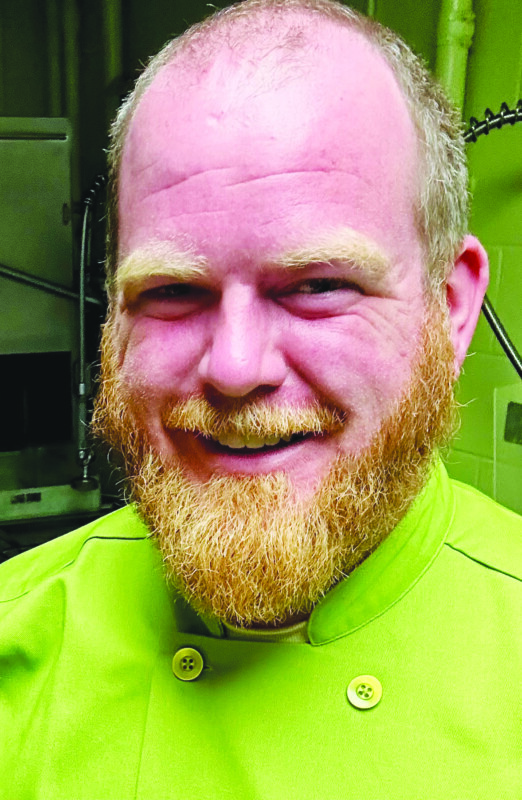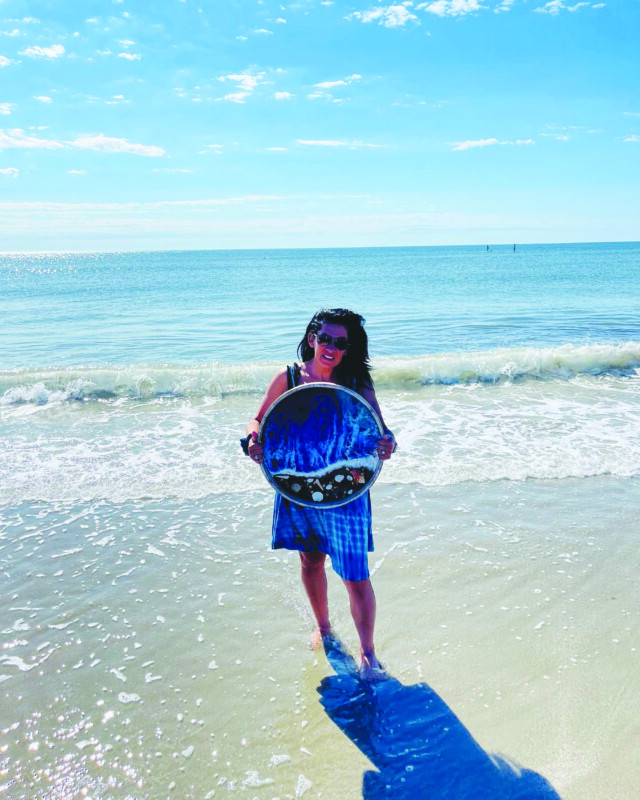Author & Historian
J. Dennis Robinson is a columnist, lecturer and public historian raised in the Granite State. He has written books and articles on local history and culture, including such topics as Jesse James, the Strawbery Banke Museum, Privateer Lynx, archaeology at the Isles of Shoals, the 1873 Smuttynose Island ax murders, the untold story of Portsmouth’s founding family, and much more. His books, articles and events can be found by visiting jdennisrobinson.com.
Explain your job and what it entails.
I write about history, focused mostly on the seacoast New Hampshire region. It’s not a lucrative career choice, but after a couple thousand published articles and 20 books, I feel I’ve finally scratched the surface.
How long have you had this job?
Been at it full-time for almost 30 years. Before that, I was a freelance writer and writing teacher.
What led you to this career field and your current job?
I live in Portsmouth, the hub of New Hampshire history until the American Revolution. As the state’s only seaport, there are countless tales to tell, myths to debunk, historic houses to explore, and people to profile.
What kind of education or training did you need?
The only way to become a writer is to read a lot and write a lot more. The tricky part is to keep getting better and figure out how to get paid. I was inspired by my school teachers in Bedford, went to West High in Manchester, and got a degree in English Lit at UNH. I’ve had newspaper columns since I was in junior high.
What is your typical at-work uniform or attire?
Except for the bell-bottom jeans, my attire is the same as when The Beatles broke up. I work from home and only come out when delivering a history talk …Then I put on my good shoes. I had a sports coat and a tie but misplaced them back in the 20th century.
What is the most challenging thing about your work, and how do you deal with it?
Most challenging is paying my mortgage. I deal with that by working seven days a week. Second most challenging is convincing book readers that, if they like an author, they should spread the word, buy more books, and post reviews online. It’s how we keep going.
What do you wish other people knew about your job?
Readers should know that the publishing business has turned upside down in recent years. More and more authors are publishing their own books using digital print-on-demand (POD) technology. Instead of earning 2 percent of the cover price of a book from a traditional publisher, the ‘indie’ author might earn as much as 50 percent of the cover price, even more with an ebook. Of course, we also have to design, edit, proof, and market our own books. It’s a game-changer, but a ton of work.
—Zachary Lewis
Five favorites
Favorite book: The Autobiography of Mark Twain
Favorite movie: The Day the Earth Stood Still
Favorite music: British Invasion
Favorite food: Chicken Tikka Masala
Favorite thing about NH: I can see the Piscataqua River from my kitchen window.
Featured photo: J. Dennis Robinson.






